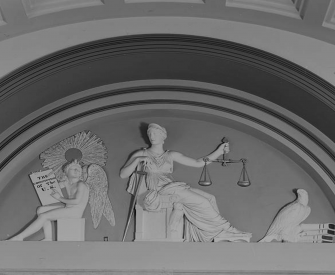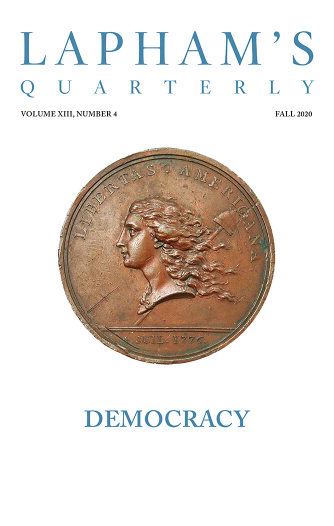We are unable to agree with the District Court, or with other lower federal courts, in the conclusion that a native Hindu is eligible for naturalization.
The words of familiar speech, which were used by the original framers of the law, were intended to include only the type of man whom they knew as white. The immigration of that day was almost exclusively from the British Isles and northwestern Europe, whence they and their forebears had come. When they extended the privilege of American citizenship to “any alien, being a free white person,” it was these immigrants—bone of their bone and flesh of their flesh—and their kind whom they must have had affirmatively in mind. The succeeding years brought immigrants from Eastern, Southern and Middle Europe, among them the Slavs and the dark-eyed, swarthy people of Alpine and Mediterranean stock, and these were received as unquestionably akin to those already here and readily amalgamated with them.
It is a matter of familiar observation and knowledge that the physical group characteristics of the Hindus render them readily distinguishable from the various groups of persons in this country commonly recognized as white. The children of English, French, German, Italian, Scandinavian, and other European parentage quickly merge into the mass of our population and lose the distinctive hallmarks of their European origin. On the other hand, it cannot be doubted that the children born in this country of Hindu parents would retain indefinitely the clear evidence of their ancestry. It is very far from our thought to suggest the slightest question of racial superiority or inferiority. What we suggest is merely racial difference, and it is of such character and extent that the great body of our people instinctively recognize it and reject the thought of assimilation.
From his decision in United States v. Bhagat Singh Thind. Born in Punjab, Thind arrived in America in 1913 and soon began studying theology at the University of California, Berkeley. He enlisted during World War I, becoming the first turbaned Sikh to serve in the U.S. Army, and received an honorable discharge at the end of the war, having been promoted to acting sergeant. In 1935 Congress made all veterans of the war eligible for naturalization regardless of race, and the following year Thind reapplied for and was granted U.S. citizenship.
Back to Issue




